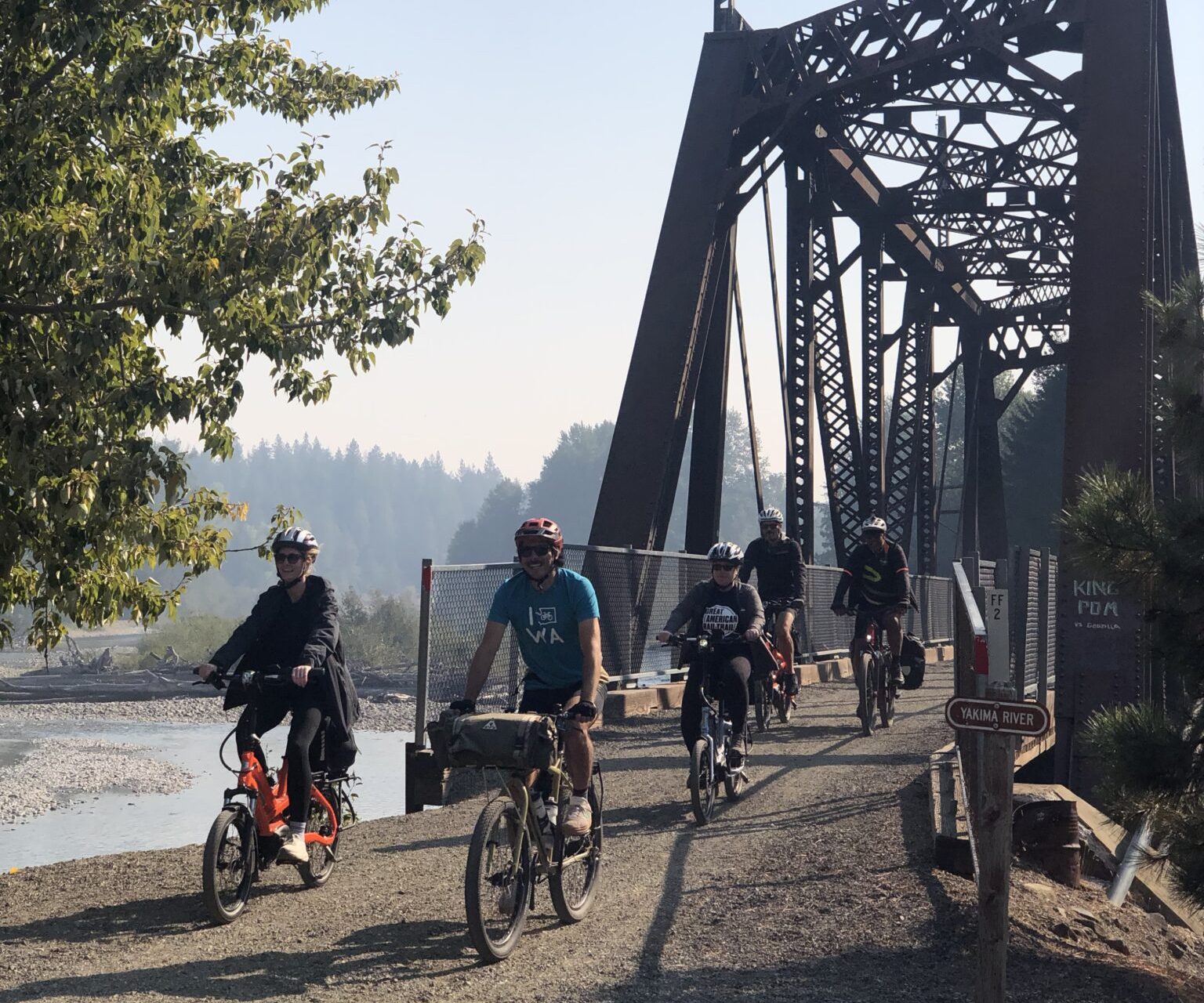The Federal Railroad Administration's burdensome safety regulations have long been criticized for putting rail transportation in America at a competitive disadvantage. But a new study says it's even worse than that: FRA's over-the-top safety standards actually make us less safe.
David Edmondson at Network blog Vibrant Bay Area, a co-author of the study, explains:
A new report out by the Competitive Enterprise Institute (and I suspect you’ll recognize half the byline), says the FRA’s safety regulations, enforced in the name of safety, perversely make us less safe. Rather than use the best practices of Europe or encourage train manufacturers to innovate, the FRA’s rules prescribe antiquated crash management technology from the 1910s. Dangerous and more expensive trains are the result.
To find out why, you’ll need to read the report for yourself. It’s an easy read, just six pages, and it details how SMART, in the West, and Acela, in the East, have been dramatically affected by the FRA’s regulations, though they aren’t the only victims. You can see the stark difference between the two regimes in a crash test video [above] that went into the FRA’s report on its own safety measures. The top train is FRA-compliant, while the bottom is compliant with European regulations from the International Union of Railways (UIC).
The top train experiences something called an “override”, which you’ll find mentioned in the report. It’s what FRA-compliant trains too-often do in a crash. And, on the bottom train, you can even watch how, for a split second during the crash, the oncoming train pauses as it absorbs the crash energy. That’s UIC crash safety in action.
Something I realized after the report had been written, too, was that the FRA’s rules hurt domestic train manufacturers. FRA-compliant trains are illegal overseas, as they don’t meet UIC standards, just as European trains don’t meet American safety standards. This forces domestic manufacturers to choose between serving the tiny US market or the much larger global market.
Elsewhere on the Network today: N8than explains the activist symbolism behind the World Naked Bike Ride. And Second Avenue Sagas remembers the days when New York City's subways were canvasses for graffiti and asks how perceptions have changed since the crackdown on that activity.





